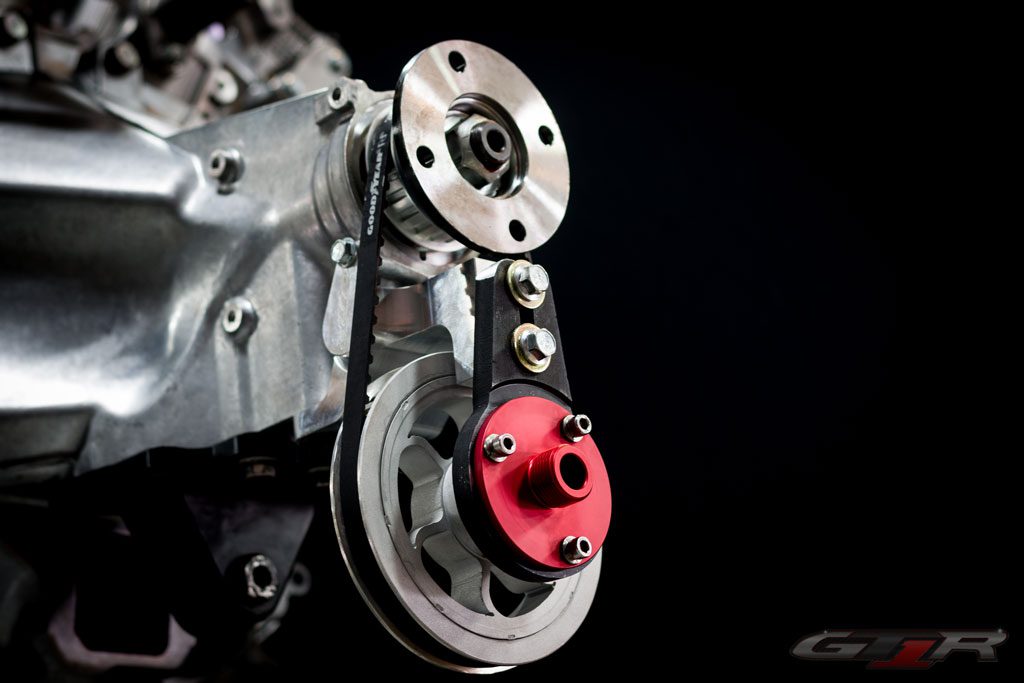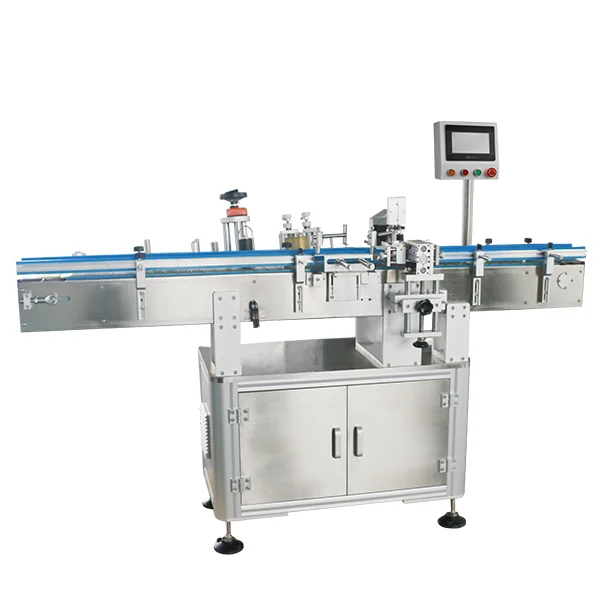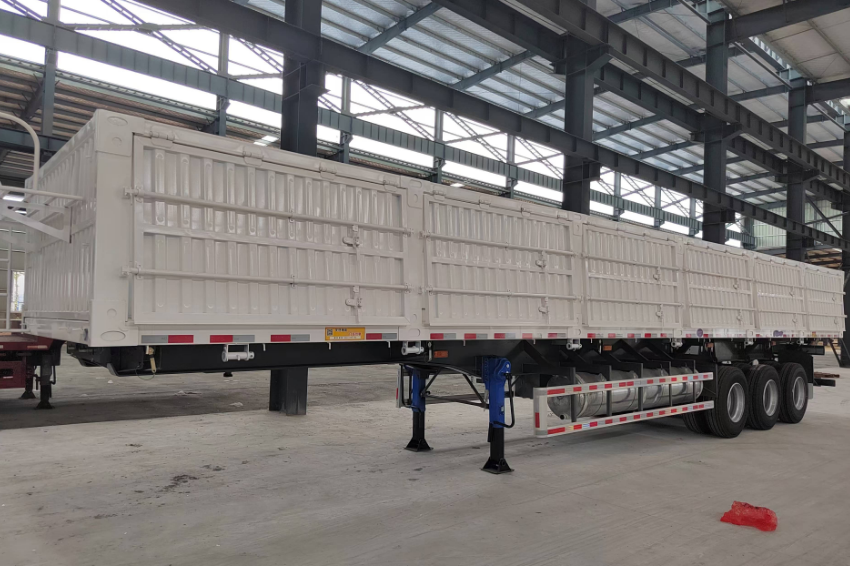Mastering the Art of Testing Mechanical Fuel Pumps: A Comprehensive Guide

Mechanical fuel pumps play a crucial role in delivering fuel to internal combustion engines. Testing these pumps is essential to ensure optimal performance and prevent potential issues. In this comprehensive guide, we will explore the various methods and techniques used to test mechanical fuel pumps, providing you with the knowledge and skills to effectively diagnose and troubleshoot any problems that may arise.
- Understanding the Basics of Mechanical Fuel Pumps:
Before diving into the testing procedures, it is important to have a solid understanding of how mechanical fuel pumps work. This section will provide a brief overview of the pump's components, including the diaphragm, valves, and camshaft-driven mechanism. By grasping the fundamentals, you will be better equipped to identify potential issues during the testing process. - Visual Inspection:
The first step in testing a mechanical fuel pump is conducting a visual inspection. This involves examining the pump for any signs of physical damage, leaks, or loose connections. We will discuss the key areas to inspect, such as the diaphragm, gaskets, and fuel lines, and provide tips on what to look for to identify potential problems. - Pressure Testing:
Pressure testing is a critical step in evaluating the performance of a mechanical fuel pump. This section will delve into the different methods used to measure fuel pressure, including the use of a pressure gauge and a vacuum/pressure pump. We will explain how to connect the gauge, interpret the readings, and determine whether the pump is delivering fuel at the correct pressure. - Flow Testing:
In addition to pressure testing, flow testing is equally important in assessing the functionality of a mechanical fuel pump. This section will explore the various techniques used to measure fuel flow, such as using a flow meter or a graduated cylinder. We will discuss the recommended flow rates for different engine types and provide guidance on how to interpret the results of the flow test. - Additional Diagnostic Tests:
Sometimes, pressure and flow testing alone may not reveal the root cause of a fuel pump issue. In such cases, additional diagnostic tests can provide valuable insights. This section will cover advanced testing methods, including leak-down tests, fuel volume tests, and electrical tests, to help you identify and resolve more complex problems. - Troubleshooting and Maintenance:
No testing guide would be complete without addressing common issues and maintenance practices. We will provide a troubleshooting checklist to help you pinpoint the cause of any problems encountered during testing. Additionally, we will offer maintenance tips to prolong the lifespan of your mechanical fuel pump and ensure its continued reliability.
Conclusion:
Testing a mechanical fuel pump is a crucial step in maintaining the performance and efficiency of an internal combustion engine. By following the methods and techniques outlined in this comprehensive guide, you will be equipped with the knowledge and skills to effectively test, diagnose, and troubleshoot mechanical fuel pump issues. Remember, regular testing and maintenance are key to ensuring optimal fuel delivery and engine performance.

